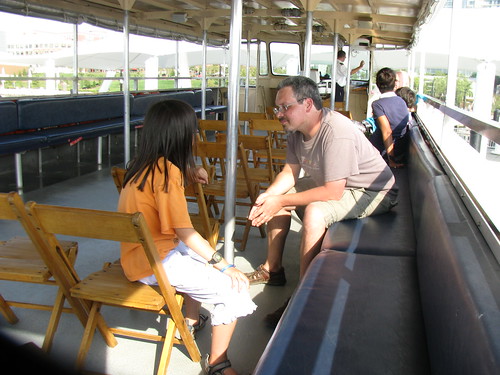|
|
Tuesday, October 26th, 2010
Today's post at Saramago's Other Notebooks quotes one of his oldest novels.
La libertad no es mujer que ande por los caminos, no se sienta en una piedra esperando que la inviten a cenar o a dormir en nuestra cama el resto de la vida.
-- Levantado del suelo, Alfaguara, 2003, p. 422
Liberty is not a woman walking the streets, she is not sitting on a bench outside waiting for an invitation to dinner, to come sleep in our bed for the rest of her life.
-- Raised up from the soil, 1980
posted evening of October 26th, 2010: Respond
➳ More posts about Saramago's Notebook
|  |
Tuesday, October 19th, 2010
I found a wonderful interview with José Saramago, published in the Spring 2002 issue of Mass Humanities. The interviewer is Anna Klobucka of U. Massachussets Dartmouth.
AK: The mainly historical novels you wrote in the
1980s, from Baltasar and Blimunda to The Gospel
According to Jesus Christ (published in 1991), form
the first grand narrative cycle in your work. Many
of your readers perceive a clear dividing line
between these narratives and your subsequent
works, the three allegorical novels from the 1990s:
Blindness, All the Names, and A Caverna. How do
you describe the balance of continuity and change
in your writing in the last two decades?
JS: The first narrative cycle you mention includes
also, as a starting point, Levantado do Chão, the
novel in which I articulated for the first time the
distinct “narrative voice†that from then on became
the hallmark of my work. And in the novels of the
second cycle there are clear echoes of my earlier
volume of short stories, Objecto Quase.
Furthermore, we must not forget my still earlier collections
of newspaper columns, Deste Mundo e do
Outro [From This World and the Other] (1971) and A
Bagagem do Viajante [The Traveler’s Baggage] (1973).
In my view, everything I have written in later years
is rooted in those texts. As for the definition of the
“dividing line†that separates the two novel cycles,
I explain it through the metaphor of a statue and a
stone: up to and including The Gospel According to
Jesus Christ, I was describing statues, insofar as a
statue is the external surface of
a stone; with Blindness and later
novels, I have moved inside the
stone, into that space where
the stone does not know whether
on the outside it is a statue
or, for example, a doorsill.
posted morning of October 19th, 2010: Respond
➳ More posts about An Object, Almost
| |
|
Drop me a line! or, sign my Guestbook.
•
Check out Ellen's writing at Patch.com.
| |






